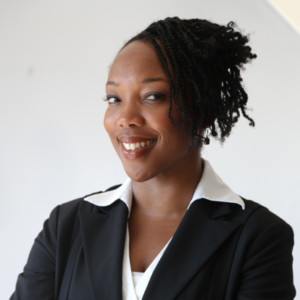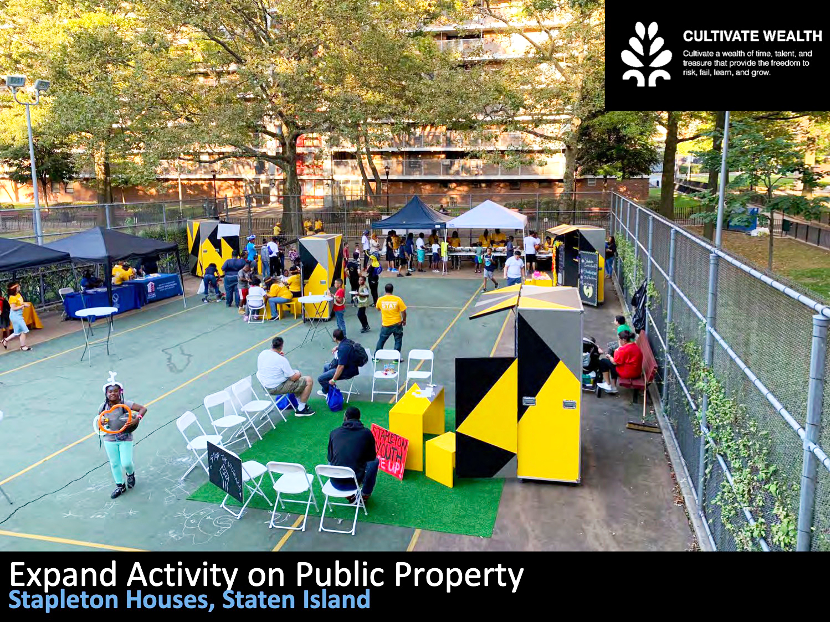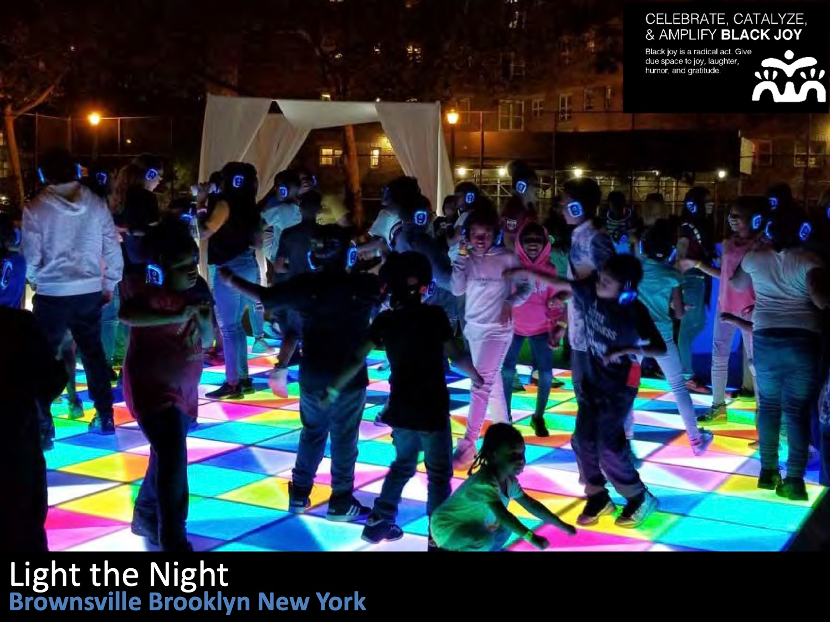MICD Virtual Seminars feature a deep-dive presentation on a single timely topic followed by a moderated group discussion among the attending mayors. Like conversations at MICD, discussions in virtual seminars are “off the record” and designed to promote candid conversation and the open exchange of ideas.
In Part I of MICD’s “Safe Places, Active Spaces” series, recorded July 29, 2020, speaker Ifeoma Ebo shared insights regarding the root causes of crime and poverty as well as proven strategies for addressing those issues through community design. Based on her experience consulting with city governments and civic institutions around the world, along with her leadership on the board of the BlackSpace collective, she shared examples of how design can help transform our cities into safer places.
Click here to watch the follow-up presentation: Safe Places, Active Spaces (Part II).
Watch the presentation (30:40):
“Social infrastructure: when it is strong, neighborhoods flourish; when it is neglected, as it has been in recent years, families and individuals must fend for themselves.” — Eric Klinenberg, Palaces For The People: How Social Infrastructure Can Help Fight Inequality, Polarization And The Decline Of Civic Life
Key Takeaways
- Engage the real experts. Key context that may be invisible to outsiders can be common knowledge to local residents.
- Prioritize youth. Today’s youth will be the ones to benefit from the solutions we enact now.
- Enable social connection. Create and expand on places to gather, socialize, and access cultural resources.
- Address complex roots of crime. Identify what kind of trauma ails a community at its source in order to properly address it.
- Start with what’s already there. Start with existing assets the community wants to work with — you don’t always have to create something new.
- Expand activity on public property. Transform how public assets are used, and ensure collaboration between city agencies that operate different pieces of the puzzle.
- Light the night. Use creative and innovative strategies to illuminate spaces in fun and interesting ways to activate space and put more eyes on the street.
- Reduce barriers to local commerce. Improve opportunities for entrepreneurs, especially at night.
- Invest in dignity, and provide equity in maintenance. Ensure new projects in traditionally underserved areas have the funds to be sustained over their lifetime.
Resources
Safe Places, Active Spaces! Community Playbook
Spaces that make up our social infrastructure — not home or work, but the places in between — are what bring communities together. The success of those spaces, such as libraries, parks, and plazas, are especially critical for communities under stress. In the case of New York City, the Mayor’s Office of Criminal Justice formulated the Mayor’s Action Plan (MAP), a research-driven endeavor observing and transforming 15 public housing developments that struggled with crime. The project helped turn these from manufactured concentrations of poverty into considerably safer communities through collective design. A recently-published community playbook lays out a road map demonstrating how anyone can replicate the process. Download the community playbook.
Neighborhood Activation Study
Each neighborhood has a unique set of multifaceted and complex issues that require a specifically-tailored action plan. With the Mayor’s Action Plan, designers collaborated with locals and came up with a list detailing what was needed to make their places safer. They determined that the best way to activate their neighborhoods was to encourage youth engagement, focus on health and wellness, support small businesses and increasing employment, improve the environment, cultivate culture and community, and prevent violence. While each space may only hold a few components of this formula, when nearby spaces start to complement each other and fill in the gaps, a community collectively starts to benefit from increased safety. Read the Neighborhood Activation Study.
BlackSpace Manifesto
Too often, Black communities and communities of color are oppressed by racist policies that deny resources critical to maintaining a social infrastructure conducive to a safe environment. The marginalization and neglect of these communities cause much of the crime that plagues them. The BlackSpace Manifesto, developed by the BlackSpace collective, is a guide comprised of 14 principles important for architects and planners in Black communities to keep in mind as they design with dignity, equity, and community empowerment. It explores ideas surrounding wealth, heritage, culture, justice, and joy in Black communities today. Download the BlackSpace Manifesto.
Case Studies
Stapleton Houses, Staten Island
Tennis is not a sport of choice for residents living at Stapleton Houses, so a tennis court on the property sat unused and attracted dangerous activity. Residents expressed a desire to turn the tennis court into a community hub of activities and resources. They hosted agencies and organizations that expanded activity on this public property and provided on-site support for residents struggling with substance abuse and addiction.
Light the Night, Brownsville, Brooklyn
The community in Brownsville, Brooklyn organized a special event for their children — at night and in a space typically perceived as unsafe. A vibrant dance floor lit up the night while children danced to music. All of the kids wore headphones synced to a DJ booth (sometimes known as a silent disco), which allowed them to bypass a local ordinance prohibiting loud noise after a certain hour. The event was a resounding success, celebrating and amplifying Black joy by redesigning a public space for children to have positive memories.
About the Speaker
Ifeoma Ebo

Ifeoma Ebo is an experienced Urban Designer/ Spatial Planner, Architect and Strategist that has harnessed design and management capabilities to lead projects in architecture, urban revitalization, community and large scale masterplanning, infrastructure upgrading and neighborhood development. She has held leadership positions in the New York City government and is a highly sought-after consultant on equitable city design and sustainable development strategy for city governments and civic institutions internationally. www.ifeomaebo.com



